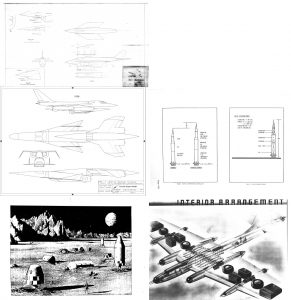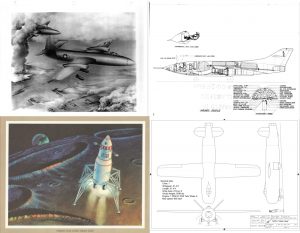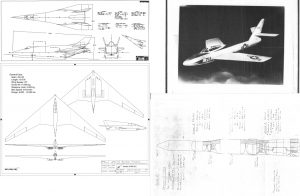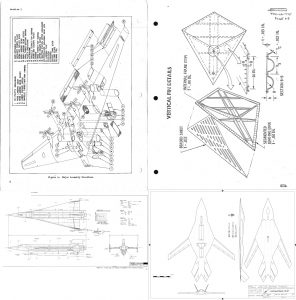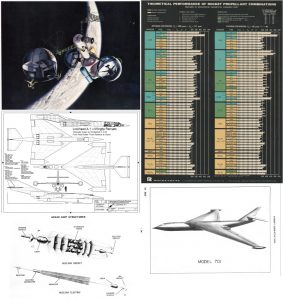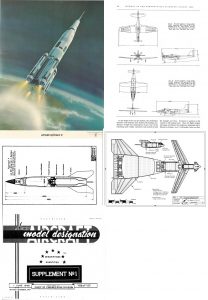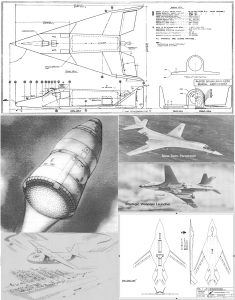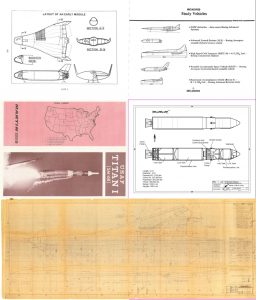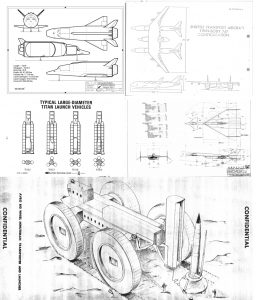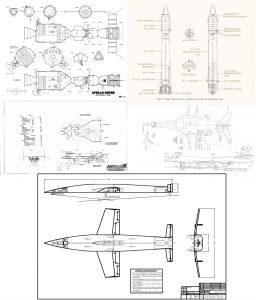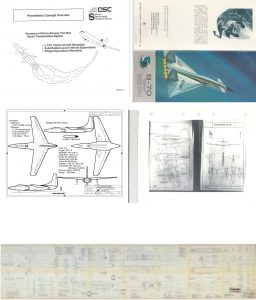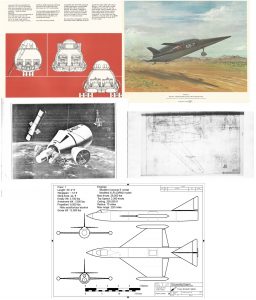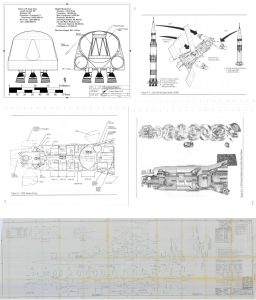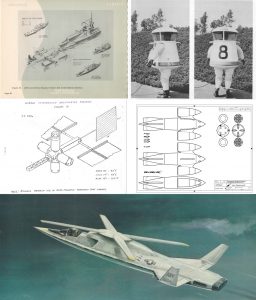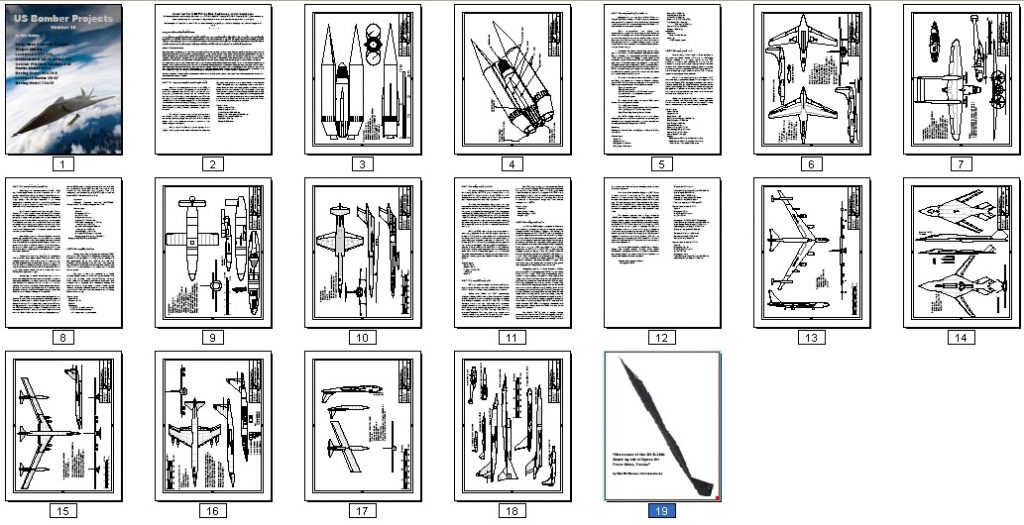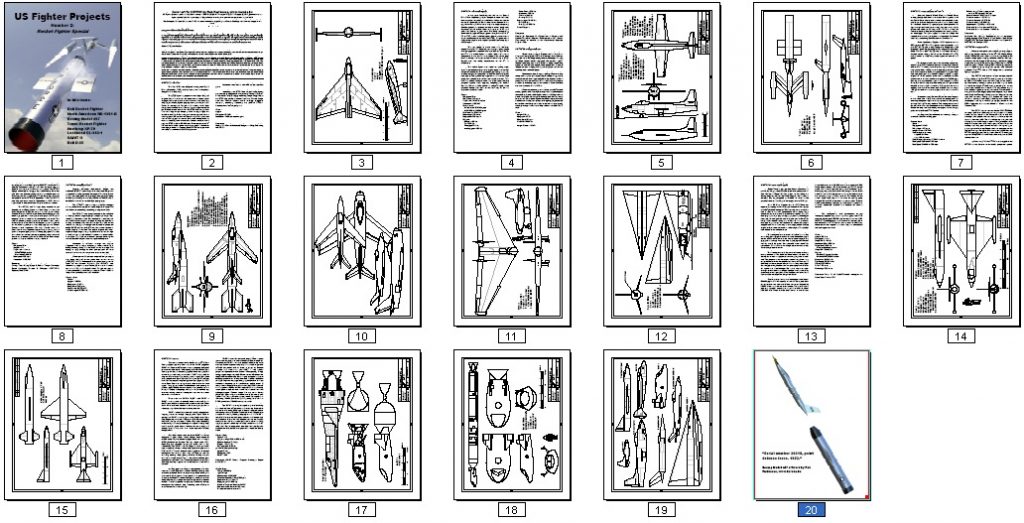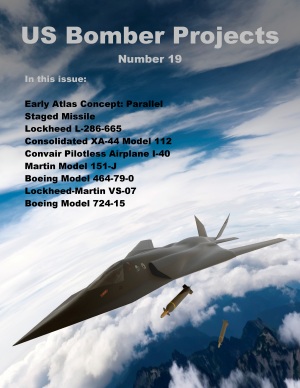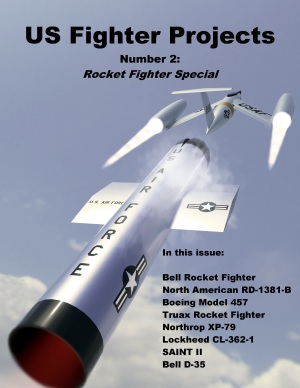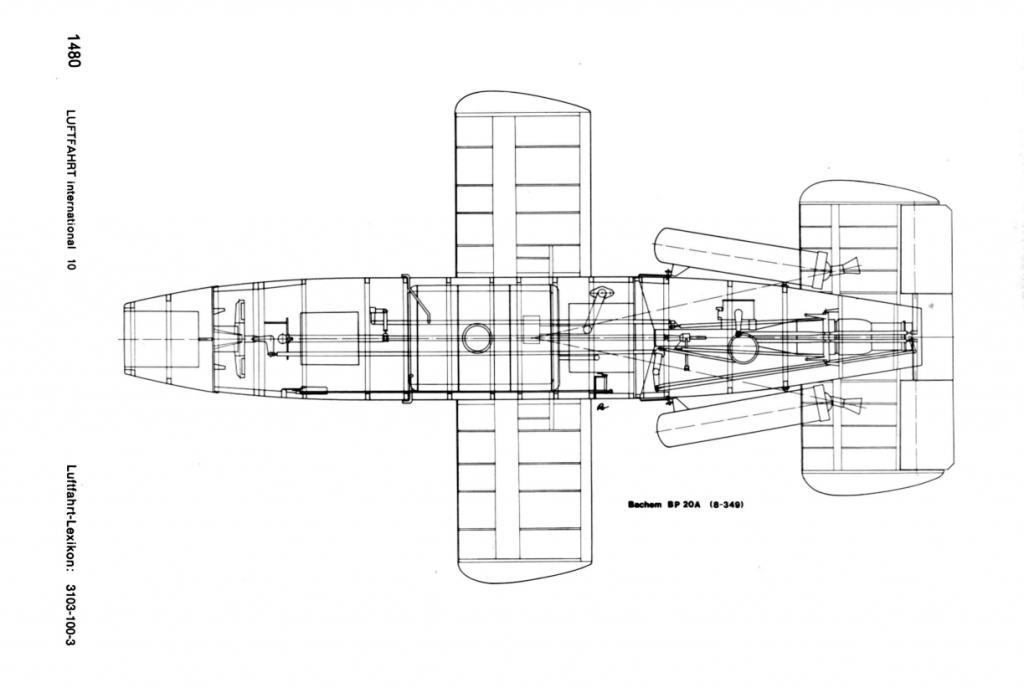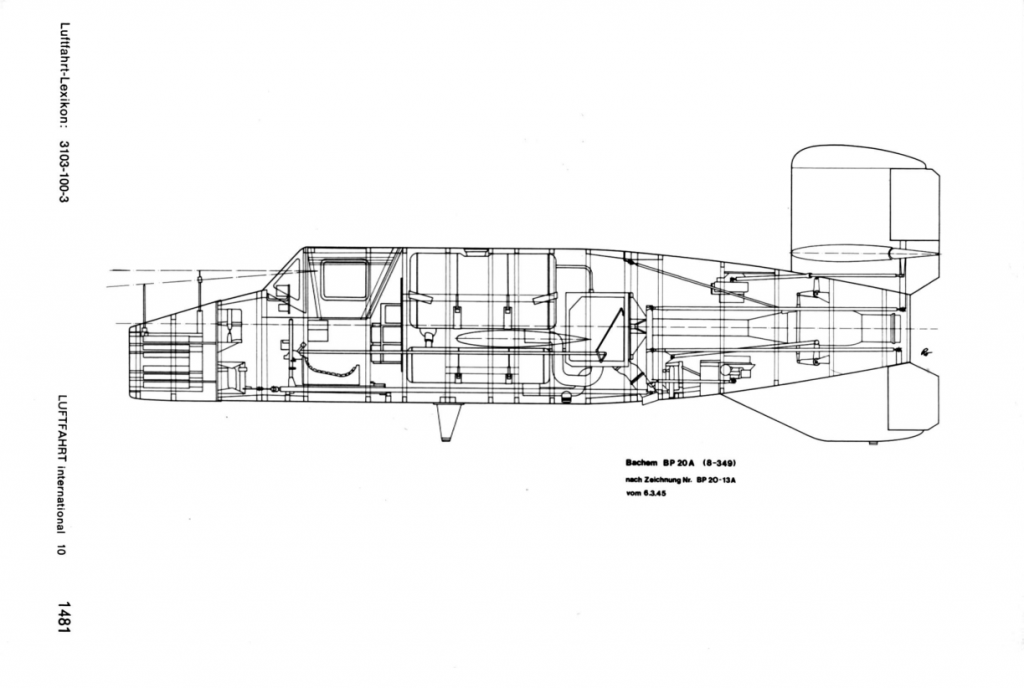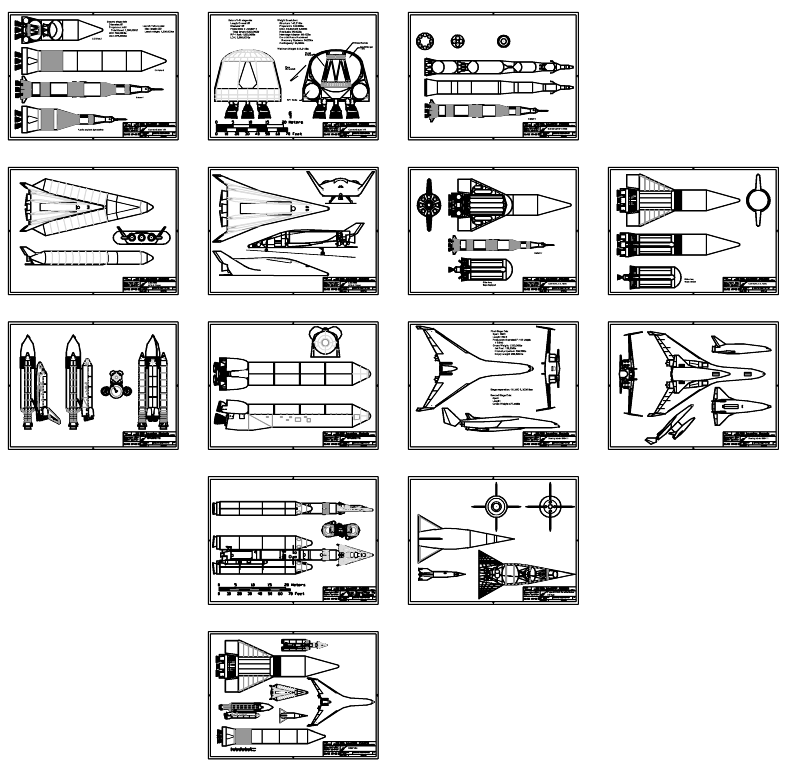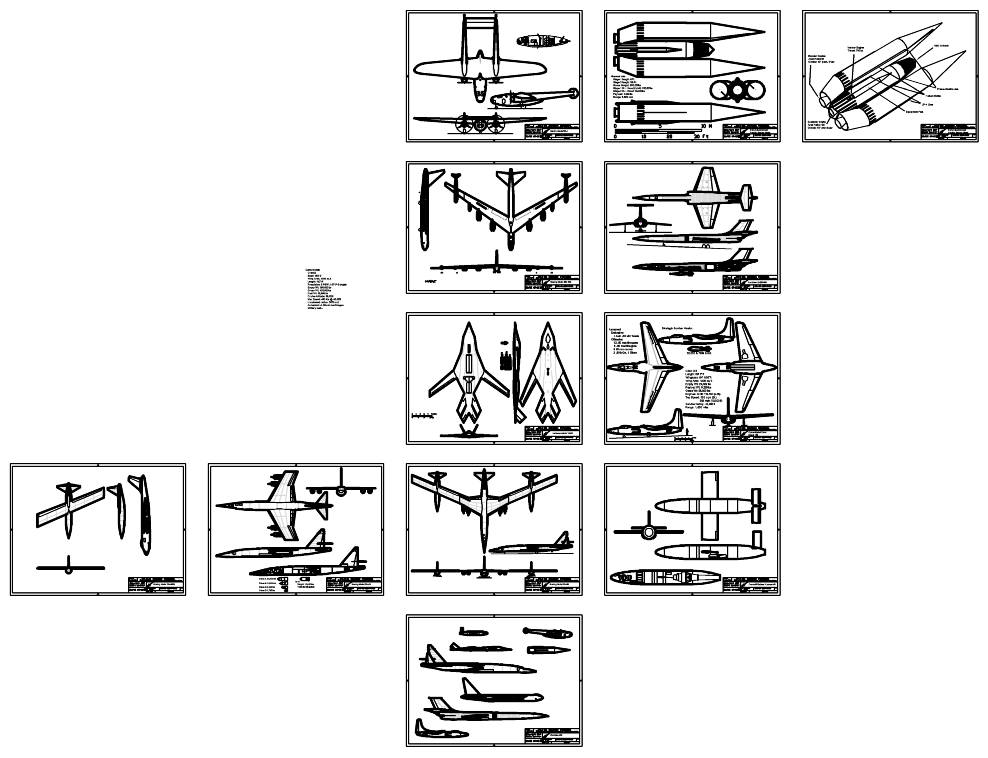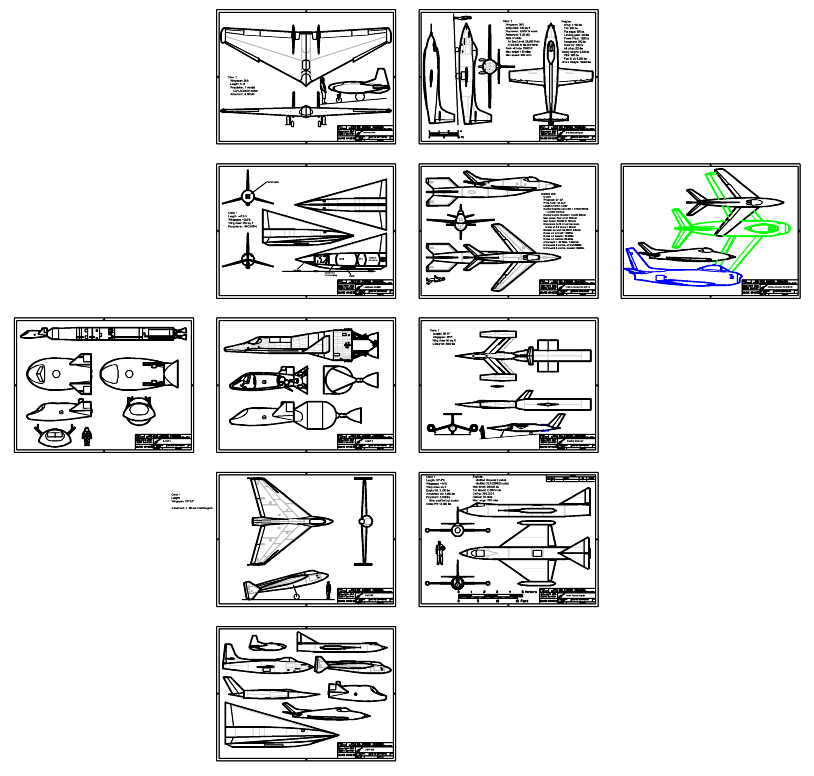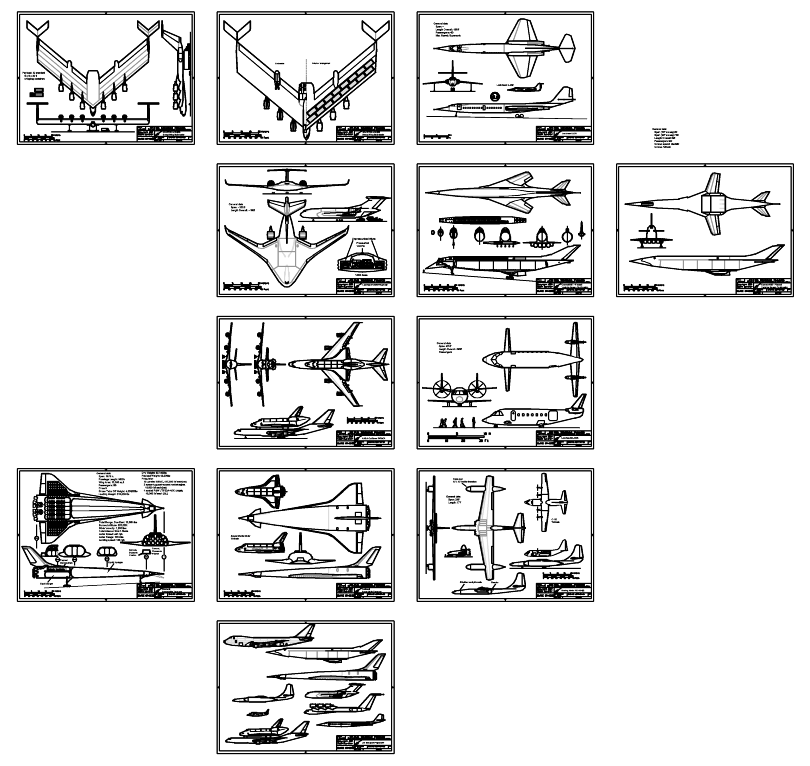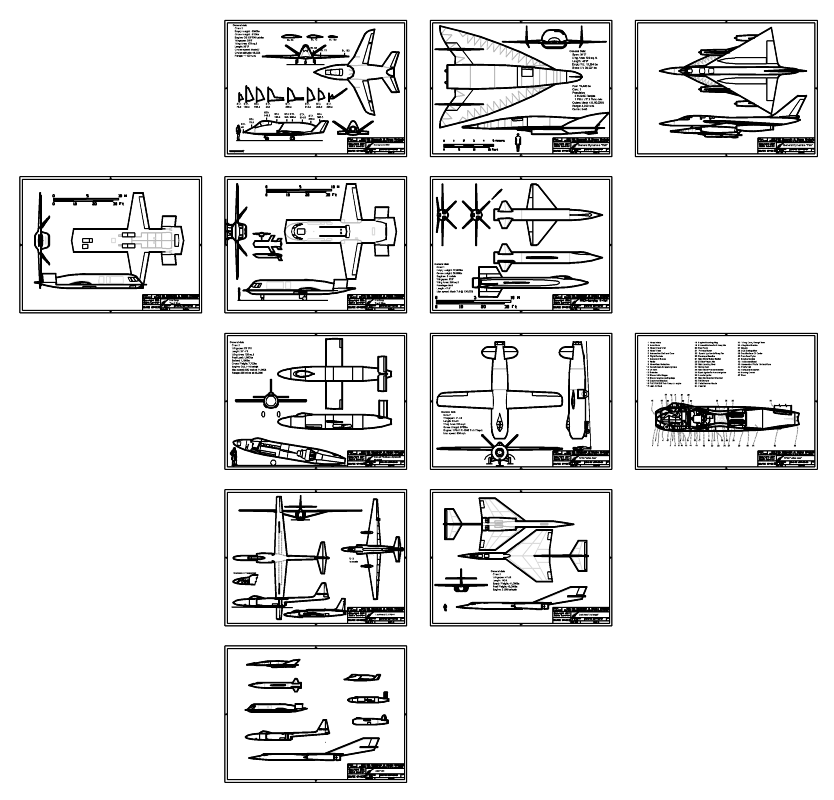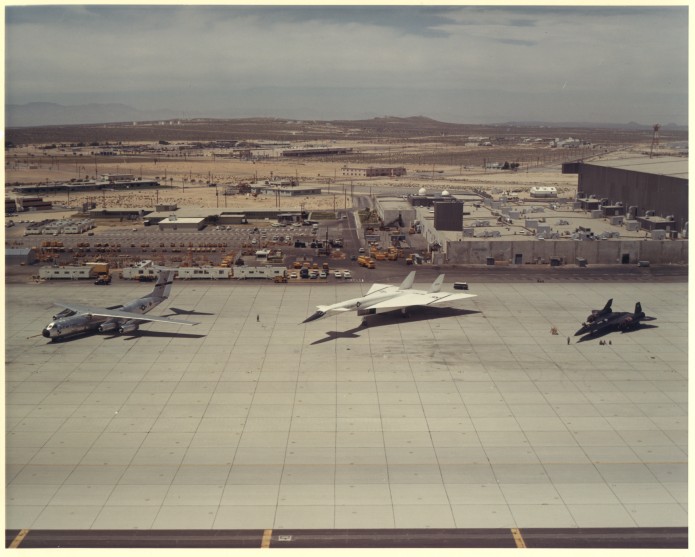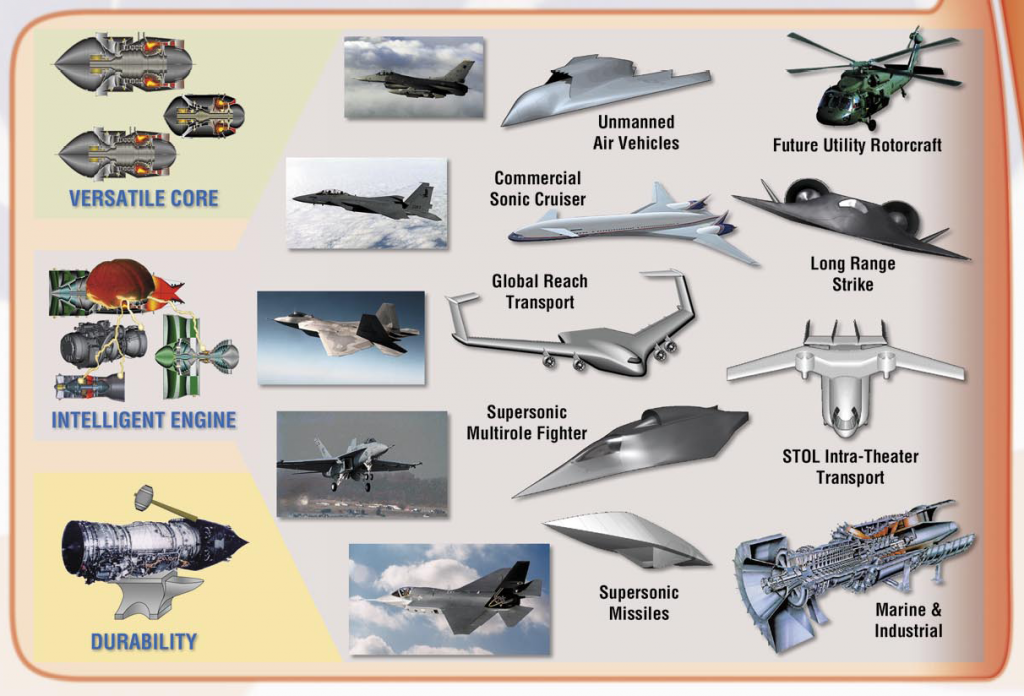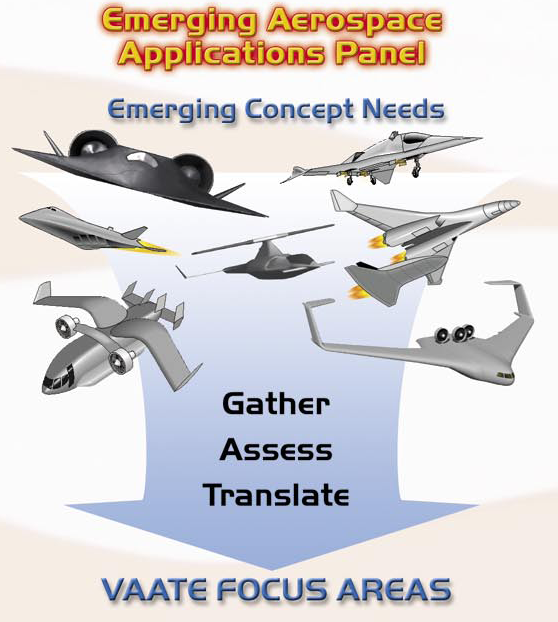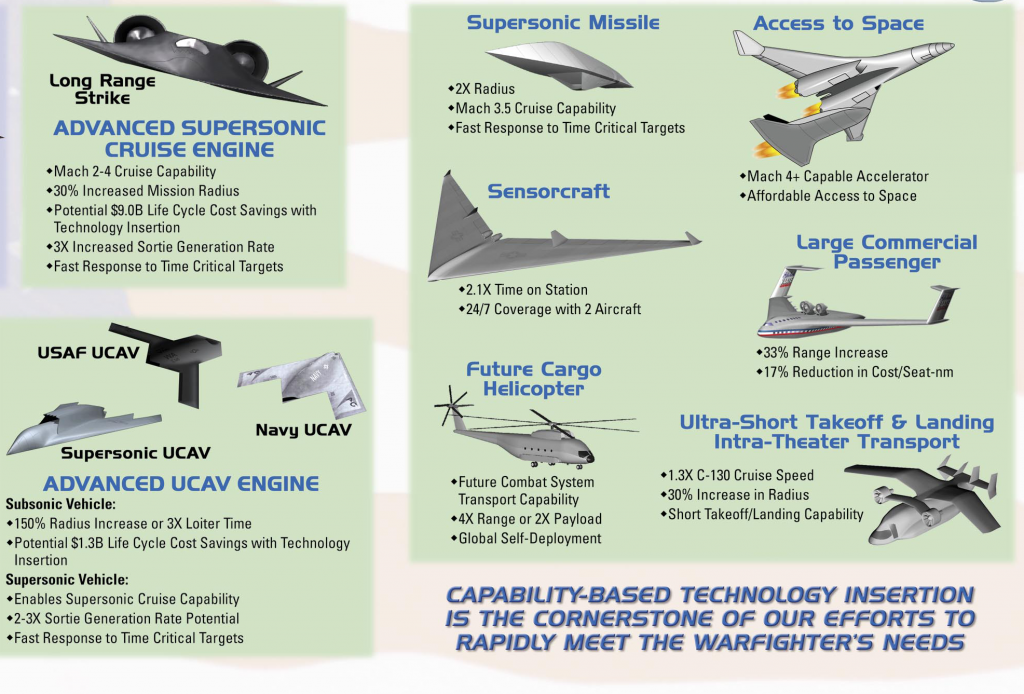Every month, patrons of the Aerospace Projects Review Patreon campaign are rewarded with a bundle of documents and diagrams, items of interest and importance to aerospace history. If you sign up, you get the monthly rewards going forwards; the “back issues” catalog lets patrons aid the APR cause by picking up items from before they signed on. The catalog, available to all patrons at the APR Patreon, has been updated to include everything from the beginning of the project back in 2014 on up to February, 2017.
Below are the items from 2016 (and the first two months of 2017):
If you are interested in any of these and in helping to fund the mission of Aerospace Projects Review, drop by the APR Patreon page and sign up. For only a few bucks a month you can help fund the procurement, scanning and dissemination of interesting aerospace documentation that might otherwise vanish from the public.
